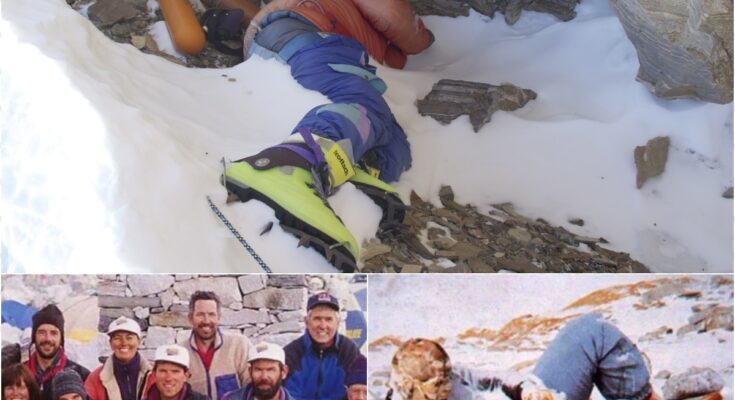Mount Everest, the planet’s tallest peak, stands as a beacon of human ambition, drawing thousands to its icy slopes in pursuit of glory. But beneath its majestic allure lies a chilling truth: Everest is the world’s largest open-air graveyard, where over 200 frozen corpses remain, preserved in time, serving as grim reminders of the mountain’s deadly toll. With more than 340 lives claimed, the stories of these fallen climbers reveal a haunting blend of courage, tragedy, and ethical dilemmas that continue to captivate and horrify.
A Frozen Mausoleum Above the Clouds
Since Sir Edmund Hillary and Tenzing Norgay first conquered Everest in 1953, over 4,000 climbers have braved its treacherous terrain, battling subzero temperatures, razor-thin air, and unpredictable storms. Yet, for many, the dream of summiting Earth’s highest point became their final act. Today, it’s estimated that more than 200 bodies remain scattered across the mountain, most trapped in the infamous “death zone” above 26,000 feet, where oxygen levels plummet to a third of those at sea level, and survival beyond 48 hours is rare.
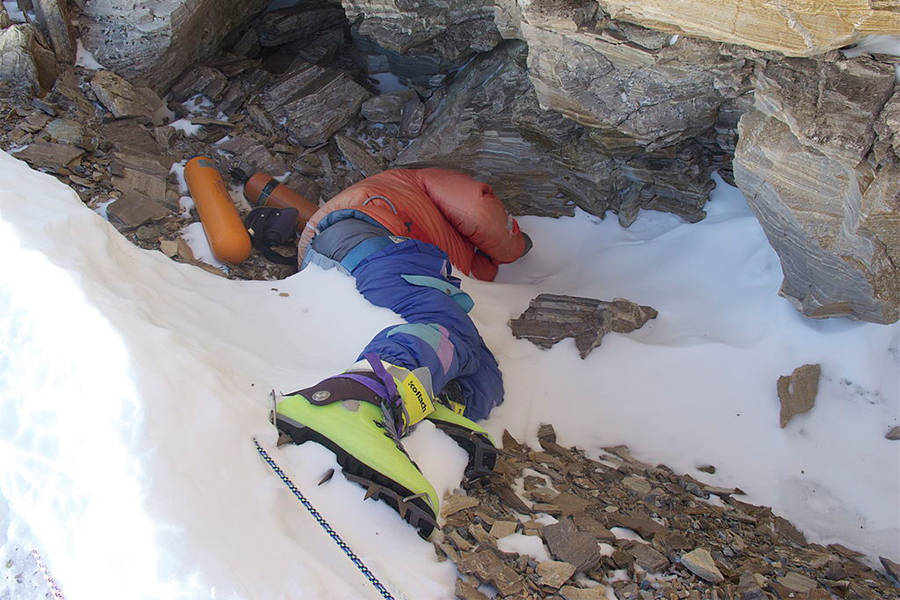
These bodies, frozen in place by the mountain’s unrelenting cold, are often eerily preserved, their gear and clothing intact decades after their fall. The low oxygen and frigid temperatures halt decomposition, turning climbers into eternal sentinels of Everest’s dangers. Some, like the infamous “Green Boots,” have become macabre landmarks, passed by countless climbers en route to the summit.
Why the Dead Stay Behind
Retrieving bodies from Everest is a near-impossible task. The same perils that claim lives—brutal weather, perilous terrain, and oxygen scarcity—make recovery missions deadly and exorbitantly costly. In the death zone, where climbers struggle to survive, carrying a body weighing over 300 pounds is unthinkable. Frozen corpses often adhere to the ice, requiring dangerous effort to dislodge. Helicopters, limited by altitude, cannot reach these heights, and recovery operations can cost upwards of $70,000, sometimes exceeding $100,000.
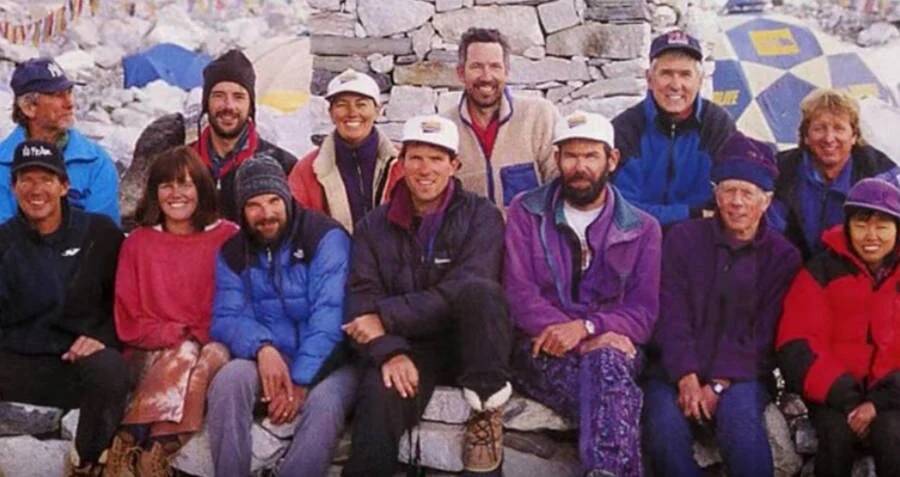
Ethical dilemmas further complicate the issue. While families and officials may yearn to repatriate remains, sending recovery teams into such hazardous conditions risks more lives. The question persists: is it worth endangering others to retrieve those already lost? For many, the answer is no, leaving the fallen where they lie.
Rainbow Valley: The Death Zone’s Grim Palette
The death zone earns its name not only for its lethal conditions but also for a haunting stretch known as “Rainbow Valley.” Named for the multicolored jackets of the deceased, this area is littered with bodies, their vibrant gear a stark contrast against the snow. Here, climbers battle disorientation, fatigue, and organ distress, with the weight of each step feeling tenfold due to low barometric pressure. Those who perish are often left where they fall, their bodies becoming part of the mountain’s tragic tapestry.
Infamous Tales of Everest’s Fallen
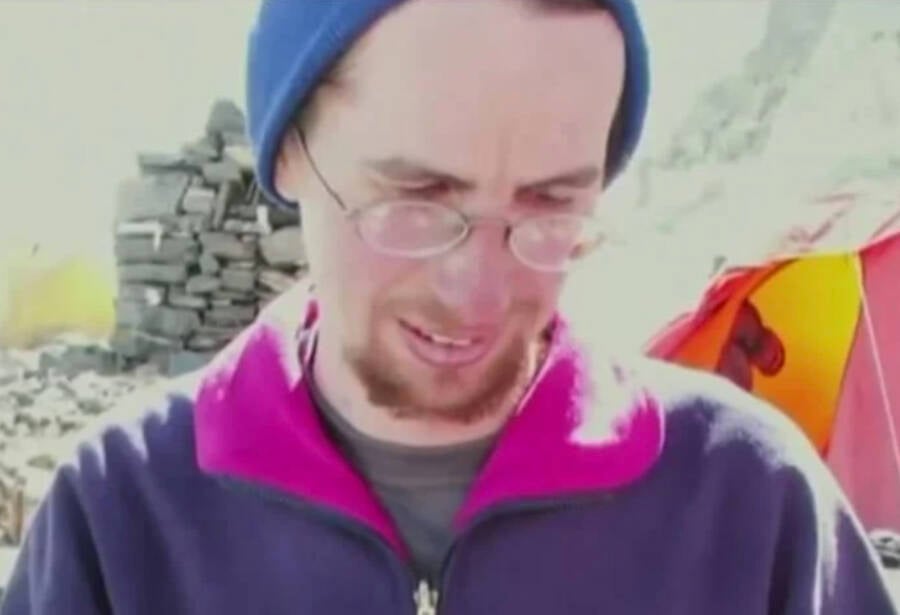
The bodies on Everest are more than statistics; each tells a story of ambition and loss. Here are some of the most notorious:
“Green Boots”: The Death Zone’s Silent Marker
For years, a body known as “Green Boots,” believed to be Indian climber Tsewang Paljor, lay near a cave in the death zone. His distinctive footwear made him a grim landmark for summit-bound climbers, with 80% pausing at the same shelter. Paljor’s 1996 death during a blizzard sparked debate about summit fever—the relentless drive to reach the top, even at the cost of compassion. Until his recent removal, Green Boots was a haunting reminder of Everest’s toll.
Francys Arsentiev: The “Sleeping Beauty”
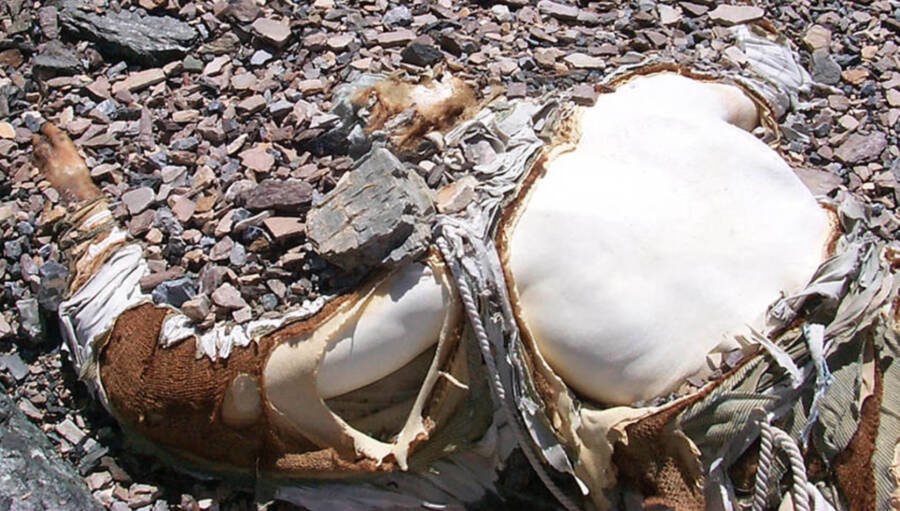
In 1998, Francys Arsentiev became the first American woman to summit Everest without supplemental oxygen, a feat that proved fatal. Separated from her husband Sergei during their descent, she succumbed to frostbite and exhaustion. Found by climbers Ian Woodall and Cathy O’Dowd, her smooth, frostbitten body earned her the nickname “Sleeping Beauty.” Despite their efforts to help, worsening conditions forced them to leave her. Sergei’s body was found a year later, underscoring the mountain’s merciless grip.
The 1996 Disaster: Rob Hall and Scott Fischer
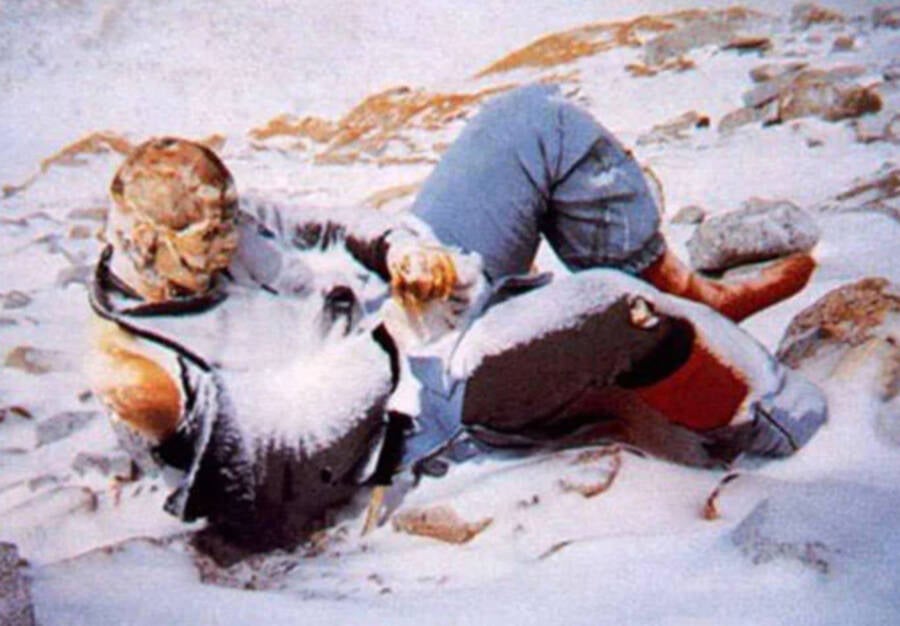
The 1996 Everest disaster remains one of the deadliest, claiming eight lives, including experienced guides Rob Hall and Scott Fischer. A blizzard trapped their teams during descent, freezing Hall’s oxygen regulator and leaving him frostbitten. Hall’s final satellite call to his wife was a heart-wrenching farewell. Journalist Jon Krakauer, a survivor, chronicled the tragedy in Outside magazine, exposing Everest’s unpredictability. Hall’s body remains on the mountain, a testament to its indifference.
Shriya Shah-Klorfine: A Dream Turned Nightmare
In 2012, Canadian climber Shriya Shah-Klorfine pursued her childhood dream, paying nearly $40,000 to an inexperienced trekking company. Despite warnings from Sherpas about her lack of training and insufficient oxygen, she pressed on, reaching the summit but collapsing during descent after 27 hours of climbing. Her body, discovered the next day, was removed by helicopter, but her story highlights the dangers of unpreparedness.
David Sharp: The Controversy of Summit Fever
David Sharp’s 2006 death sparked global outrage. Attempting a solo summit, he froze to death in Green Boots’ cave, passed by at least 40 climbers who offered no aid despite signs of life. Sir Edmund Hillary condemned the “horrifying” attitude of prioritizing summits over human lives. Sharp’s death fueled debates about the ethics of Everest climbing, where “summit fever” can blind climbers to those in need.
George Mallory: The First to Fall?
In 1924, British mountaineer George Mallory vanished during an attempt to become the first to summit Everest. His body, found in 1999, was remarkably preserved, clad in a tweed suit with a rope injury suggesting a fatal fall. Whether Mallory reached the summit remains a mystery, but his famous quip—“Because it’s there”—captures the enduring allure that drives climbers to their doom.
Hannelore Schmatz: The First Woman’s Tragedy
In 1979, German climber Hannelore Schmatz became the first woman to die on Everest’s upper slopes. After summiting, she ignored her Sherpa’s warnings and camped in the death zone, succumbing to exhaustion just 330 feet from base camp. Her body, propped against a backpack with eyes open, was a chilling sight until winds either covered or dislodged it. Two rescuers died attempting her recovery, underscoring the peril of such missions.
The Ongoing Allure and Ethical Questions
Despite the risks and the grim presence of bodies, thousands flock to Everest annually, undeterred by its dangers. Climate change has added a new layer, with melting ice revealing previously hidden corpses, as seen in 2024 when five bodies were retrieved. Memorials at Everest Base Camp honor the fallen, but no formal rules govern photographing bodies, leaving climbers to grapple with respect versus documentation.
Expedition companies rarely highlight the presence of corpses, focusing instead on preparation, yet the reality is unavoidable. DNA and documents help identify some remains, but many climbers remain nameless, lost to the mountain’s embrace.
Survivors like Lincoln Hall, who narrowly escaped death in 2006, highlight rare miracles, but for most, Everest’s slopes are unforgiving. The stories of Green Boots, Sleeping Beauty, and others linger as warnings, yet the mountain’s siren call persists, luring new climbers to test their limits—and, for some, to join the silent ranks of Everest’s frozen dead.
